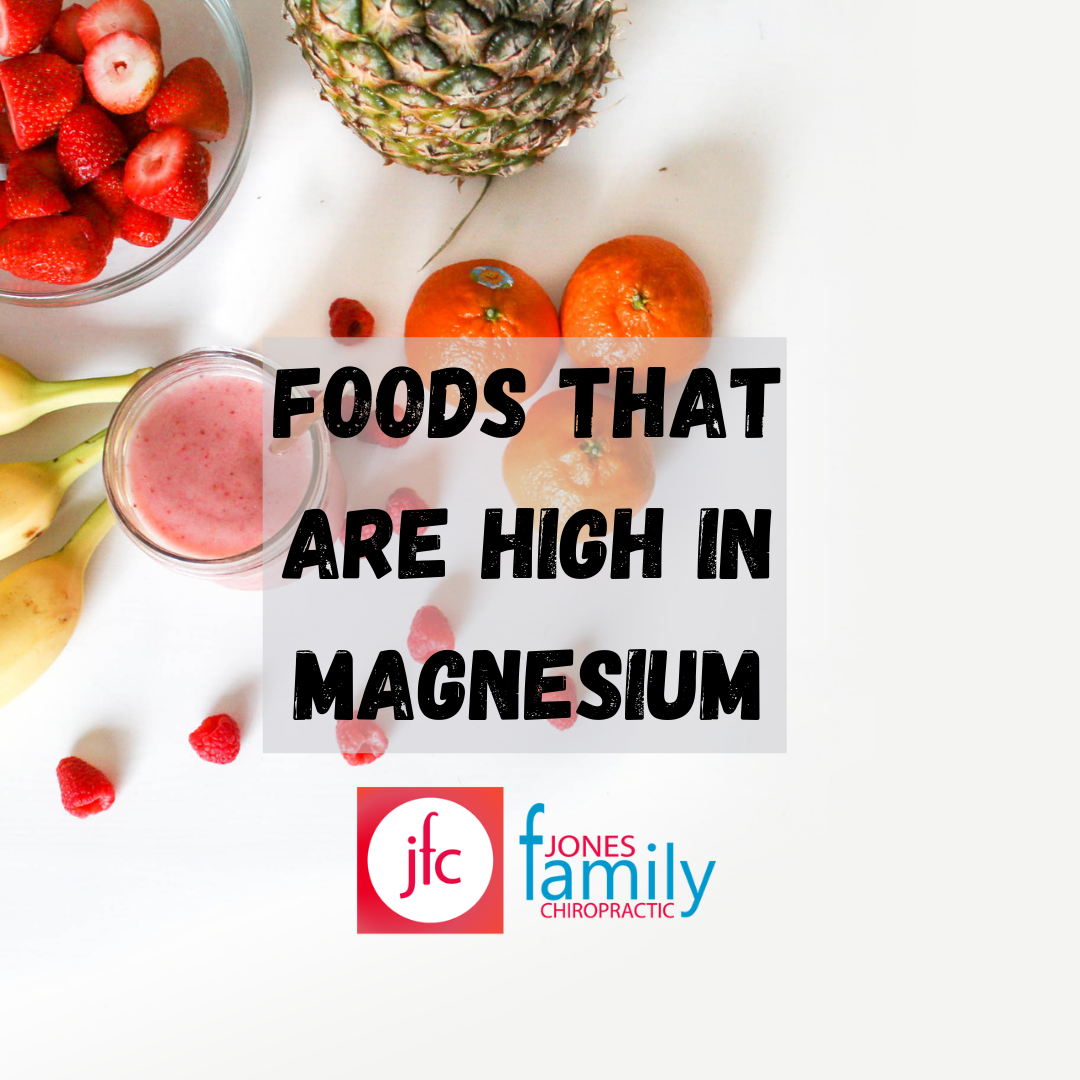Podcast: Play in new window | Download
Magnesium is an essential mineral that plays a huge role in making your body system function optimally. Without magnesium, your nerves won’t send and receive messages; your muscles won’t work the way they’re supposed to. In fact, magnesium is needed for more than 300 chemical reactions in the body.
Unfortunately, your body cannot produce or make magnesium on its own. What this means is that your body depends on the food you eat for magnesium.
Although you can get magnesium from multivitamins and supplements, it’s best to get this mineral from natural foods. Besides, taking magnesium supplements can be dangerous if you have certain conditions, such as kidney failure, heart block, bowel obstruction, heart block, and myasthenia gravis.
The best way to keep healthy levels of magnesium in your body is to eat foods that are high in this mineral.
Foods that are high in Magnesium
You can reach the recommended daily allowance (RDA) for magnesium by eating foods containing a high level of magnesium. Some good examples of magnesium-rich foods include:
Fish
Fish is a top source of magnesium. Some good examples include Atlantic mackerel, Chinook salmon, Atlantic Pollock, and halibut. These types of fish are found to be swimming in the mineral magnesium.
Vegetables and Fruits
You can get a lot of magnesium from the vegetables and fruits listed below. You even enjoy plenty other nutrients alongside:
- Swiss chard
- Spinach
- Potato with skin
- Tamarind
- Okra
- Avocados
- Kale
- Turnip greens
- Collard greens
- Mustard greens
Prickly pear also contains a lot of magnesium, but you may not find it easily.
Bananas are also rich in magnesium asides from their high potassium content.
Legumes, Nuts, and Seeds
You can get a lot of magnesium in foods such as soy nuts, black-eyed peas (cooked), flaxseeds, cashews, peanut butter, cooked beans (chickpeas, pinto, lima), almonds, and tempeh (cooked).
For example, you can get up to 12 mg of magnesium from a 1-cup serving of cooked beans. Also, a 1-ounce (28-gram serving of cashews offers up to 82mg of magnesium.
Tofu
Tofu is one of the staple foods in a vegetarian diet. It is made by pressing soybean milk into bean curds (soft white curds). This food contains a high amount of magnesium and it is also a good source of protein and other nutrients.
Whole-grain products
Whole grains are good sources of many nutrients, including magnesium. Some good examples include oats, wheat, barley, and pseudocereals like quinoa and buckwheat.
You can increase your magnesium absorption rate by trying the following:
- Avoiding high-dose zinc supplements
- Avoiding or reducing calcium-rich foods two hours before or after eating foods high in magnesium
- Treating vitamin D deficiency
- Quitting smoking
- Eating raw vegetables
Water
Water is a good source of magnesium. However, the amount of magnesium varies depending on the water source – mineral, tap, or bottled waters.
Drinking the recommended two liters of water per day may give you up to 240 milligrams of magnesium.
So there you have it, some good food options that are high in magnesium. You may want to ask, “Is it okay to take a magnesium supplement?” Well, unless your doctor recommends a supplement, it is better to get your magnesium needs from your diet. Taking too much magnesium supplement can produce some uncomfortable side effects, such as diarrhea, cramping, and nausea.
Lastly, you need to note that taking magnesium-rich foods not only gives you magnesium, but you also get so many fantastic nutrients, including vitamins and other minerals.
You can consult Dr. Jason Jones at our chiropractic office in Elizabeth City, NC, to learn more about natural foods to include in your diet to boost your magnesium levels.




